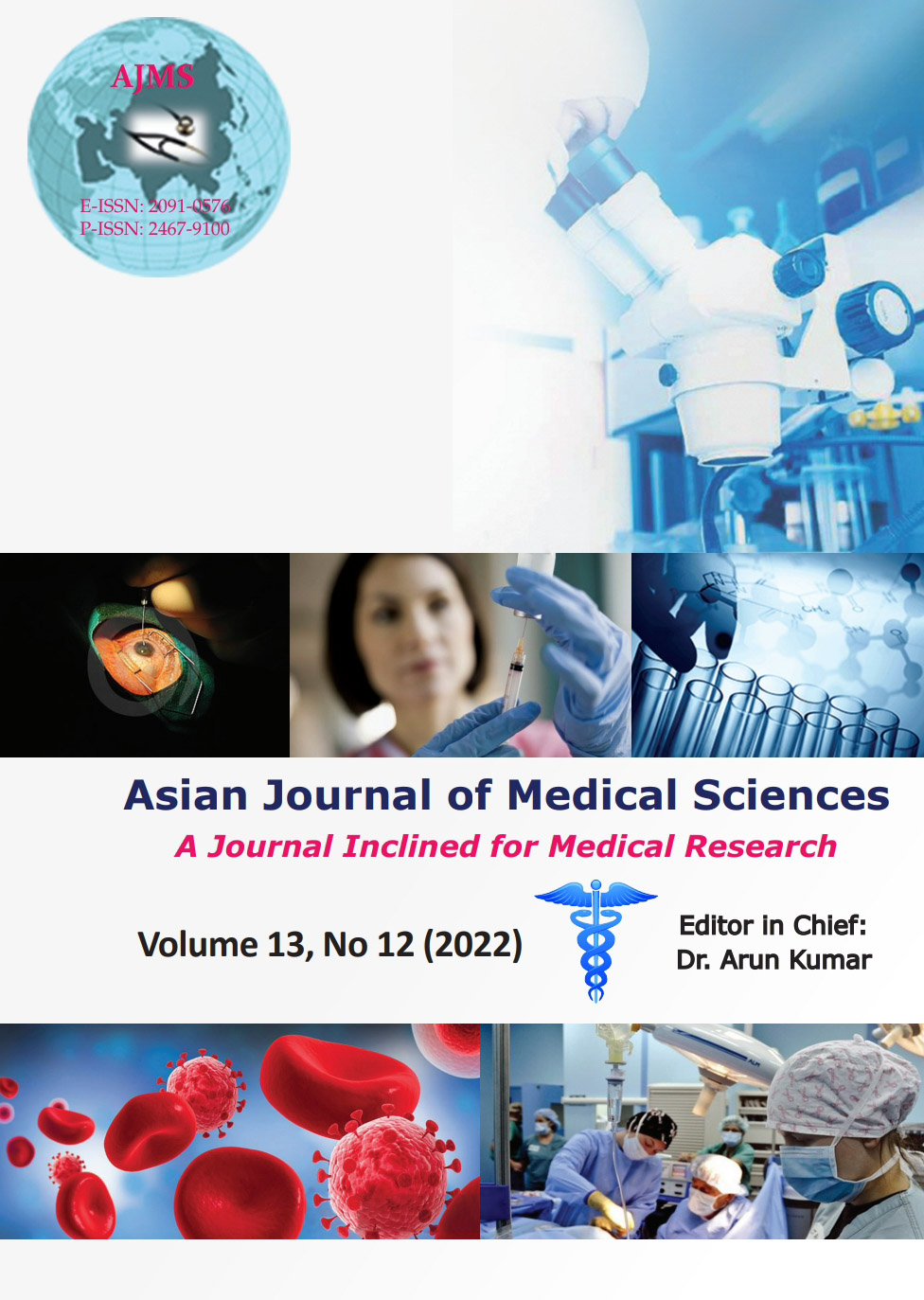Chronic prostatic inflammation as a prognostic marker for post-operative improvement in clinical parameters after transurethral resection of prostate
Keywords:
Benign prostatic hyperplasia; Lower urinary tract symptoms; Prostatic inflammationAbstract
Background: Medical therapy of prostatic symptoms and reduce study on benign prostatic hyperplasia (BPH) recently demonstrated a link between histological prostatic inflammation and prostate enlargement or symptoms scores.
Aims and Objectives: Prognostication of symptoms of lower urinary tract based on pathological diagnosis following transurethral resection of prostate (TURP).
Materials and Methods: This was a prospective observational study. A total of 60 BPH patients who underwent TURP were studied; 30 patients in each group, BPH without inflammation (Group I), and BPH with inflammation (Group II). Pre-operative and post-operative international prostate symptom score (IPSS), overactive bladder symptom score (OABSS), and uroflowmetry were compared in both groups. Chronic prostatic inflammation was assessed by the grade (lymphocyte density), extent (lymphocyte distribution), and location of inflammation.
Results: The prostate volume was significantly higher in Group II as compared to Group I (53.2±1.29 vs. 50.87±1.48). The improvement in IPSS and OABSS in each group, before and after surgery, was significant but the between-group difference was not significant. The post-operative voided volume (in ml) in Group I was 273.27±52.34 and in Group II, it was 289.47±34.25 (P=0.03). The post-operative post-void residual volume (in ml) was 21.97±2.55 in Group I and 13.28±2.11 in Group II (P=0.017). The post-operative Qmax (ml/s) in Group I was 15.41±2.1 and in Group II it was 19.28±2.11. (P=0.041).
Conclusion: Surgical resection of the prostate helps in a higher degree of improvement in post-operative clinical parameters in BPH patients with inflammation.
Downloads
Downloads
Published
How to Cite
Issue
Section
License
Copyright (c) 2022 Asian Journal of Medical Sciences

This work is licensed under a Creative Commons Attribution-NonCommercial 4.0 International License.
Authors who publish with this journal agree to the following terms:
- The journal holds copyright and publishes the work under a Creative Commons CC-BY-NC license that permits use, distribution and reprduction in any medium, provided the original work is properly cited and is not used for commercial purposes. The journal should be recognised as the original publisher of this work.
- Authors are able to enter into separate, additional contractual arrangements for the non-exclusive distribution of the journal's published version of the work (e.g., post it to an institutional repository or publish it in a book), with an acknowledgement of its initial publication in this journal.
- Authors are permitted and encouraged to post their work online (e.g., in institutional repositories or on their website) prior to and during the submission process, as it can lead to productive exchanges, as well as earlier and greater citation of published work (See The Effect of Open Access).




